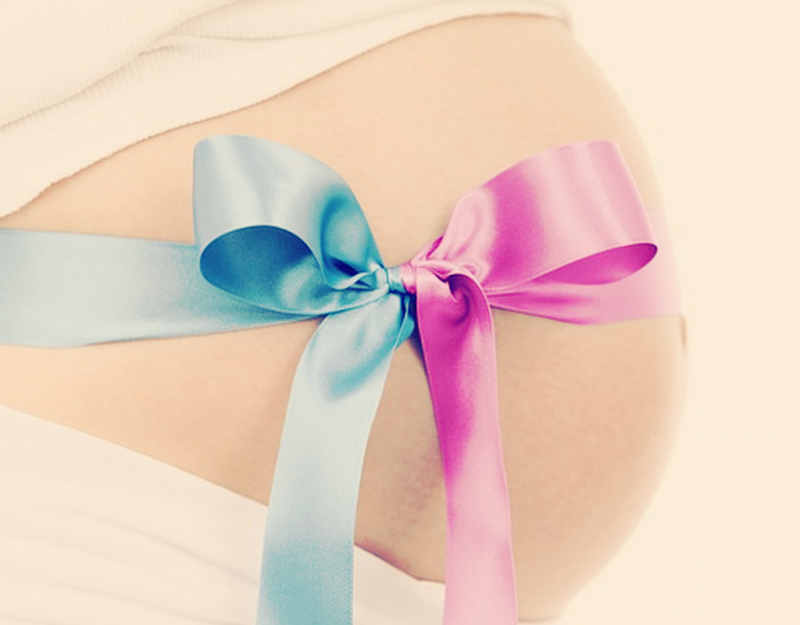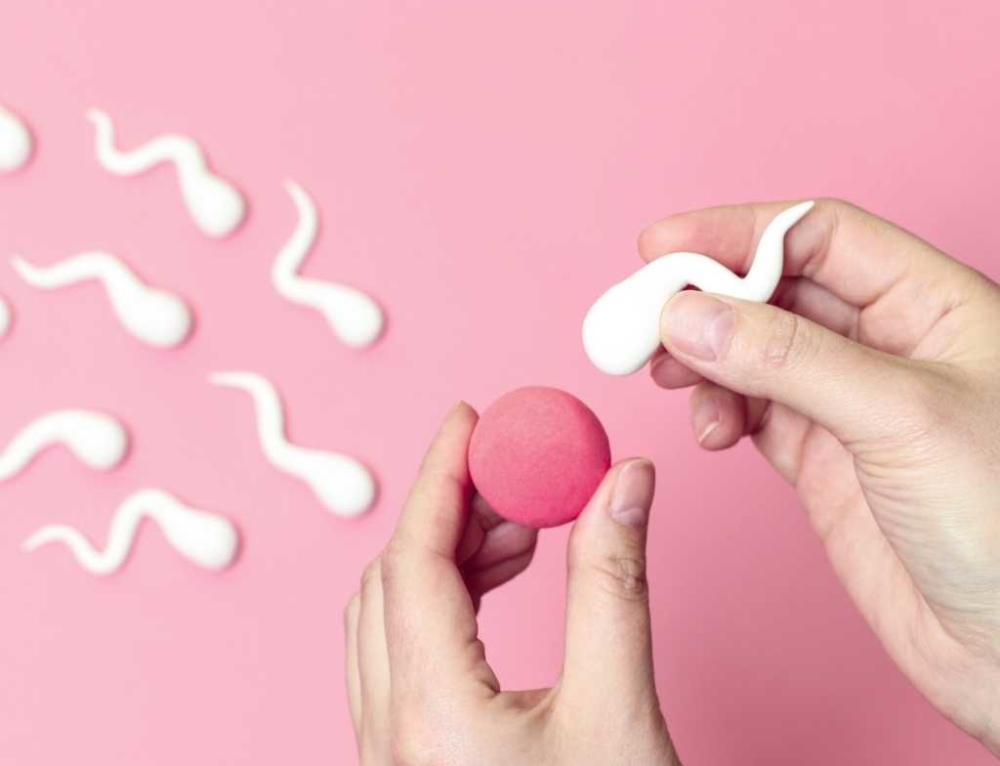In some people’s eyes, the idea of a perfect family is one boy and one girl. Of course, in real life, families don’t come made to order and, whether you have all boys, or all girls, it doesn’t matter, as long as they’re healthy and happy.
Thanks to advances in fertility treatments that allow doctors to create or identify embryos of a certain sex, sex selection is technically possible, although not offered in New Zealand.
Popular at-home techniques for pre-conceptual sex selection
Here are a few popular methods and techniques you could try at home:
Shettles method
The popular Shettles method is based solely on the assumption that ‘boy’ sperm are faster but more fragile than ‘girl’ sperm, which are thought to be more resilient and have more ‘staying power’.
In Shettles method it’s all about when you have sex, as opposed to how. It’s the timing of sexual intercourse during the woman’s fertile phase is the most crucial element for achieving the conception of a baby of the desired sex.
To conceive a boy this method advises timing sex to be as close to ovulation as possible, and abstaining from sex for several days prior. To conceive a girl, the method recommends timing sex for the two to four days before ovulation and then abstaining from one to two days before ovulation until a few days after ovulation.
This requires tracking and record the menstrual cycle on a fertility chart using physical signs (temperature, mucous and cervix changes) to estimate the time of ovulation.
After sex, women should try and stay in bed for at least 20 to 30 minutes after intercourse. Some women will place a pillow under their hips, to raise them slightly, aimed at encouraging the sperm to enter the uterus.
The Shettles method claims an 80 percent success rate for boys and a 75 percent success rate for girls. However, only a few small studies have been able to support these claims.
Whelan method
Elizabeth Whelan published her book on pre-conceptual sex selection in 1977. She based her theory on the biochemical changes that occur earlier in a woman’s fertile phase, saying that this is the time that would most favour ‘boy’ sperm.
Her method is virtually the opposite of the Shettles method, advising sexual intercourse about four to six days before ovulation for a boy and two to three days before ovulation for a girl. She claims success rates of about 68 percent for boys and about 56 percent for girls.
Diet method
The idea that changing a woman’s diet for several weeks before she conceives (to influence whether she has a boy or girl), originated from German studies in the 1940s looking at the environment that influenced the reproduction of worms.
In 1980 a research study was published aimed at testing this theory on determining the sex of babies in humans. It was thought that through diet, the mineral (or ‘ionic’) imbalance in the woman’s body could facilitate sex selection. The ionic balance was thought to affect the chemical make-up of her egg and/or her vaginal secretions.
Surprisingly, 80 percent of women who stuck to the diet conceived the child of their choice. Proponents of this method often recommend being on the diet for about three months before trying to conceive and it can be combined with the Shettles method.
It’s important to consider that diets may be harmful to your health as it may not be balanced enough to provide much needed vitamins and minerals for a healthy conception and pregnancy, and, of course, it doesn’t come with a guarantee.
Douching method
Douching involves using a special backing soda liquid solution to gently ‘wash out’ the inside of the vagina. The liquid is put into a special plastic bag with a tube attached and the end of the tube placed shallowly, just inside the vagina. Gravity is then used to let the fluid slowly flow into the vagina, and slowly flow out again.
Using a douche to aid conception was first introduced in the 1930s by a German doctor who advised seemingly infertile women to use a baking soda solution (two tablespoons in about one litre of lukewarm water). The results were staggering … many of the women become pregnant and, surprisingly, most of the babies were boys. This became the basis of the theory that ‘boy’ sperm prefer a more alkaline environment, but these study results have not been supported since.
While douching is a relatively easy method that can be used at home, there’s no proof it works for sex selection. It is also messy and may disturb the normal pH balance of the vagina, leading to infections such as thrush and gardnerella.
We do warn you to take these methods with a grain of salt and no expectations. Here’s why …
Couples already have around a 50 per cent chance of conceiving a baby of their desired sex. While there will always be those who have used particular sex selection techniques and swear they’ve been successful, it’s impossible to know for sure whether a certain technique has ‘succeeded’ or ‘failed’ or whether nature has just taken its course.
There are a vast array of information in books and on websites that offer to increase the chances of conceiving a baby of a desired sex. But many methods are not supported by research or are based entirely on anecdotal evidence.
Don’t get your hopes up
Professor Michael Chapman, Senior Fertility Specialist with IVF Australia, advises couples to be cautious when employing these generalised scientific methods.
He says that sperm are not as black and white as some of these methods assume and that their characteristics are as unique and varied from one another as we are.
“While physiologically that may be true – there are the same nuts and bolts – we all vary in our capacity and the overlap between male and female sperm is so great that [these methods are] never going to make a huge difference,” he says.
What is Professor Chapman’s advice to couples wanting to try these at-home sex selection techniques?
“Don’t be too optimistic – these techniques may move the odds a few percentage points but by no means can you rely on it.”
For more information, read ‘How to Choose the Sex of Your Baby’, by Landrum Shettles, M.D., and David Rorvik.
This article was written by Claire Halliday and Kylie Matthews for Kidspot NZ.







Leave A Comment
You must be logged in to post a comment.